Everything you need to know about specifications and performance - Renault Captur 2019 - 1.3 TCe (130 Hp) EDC GPF
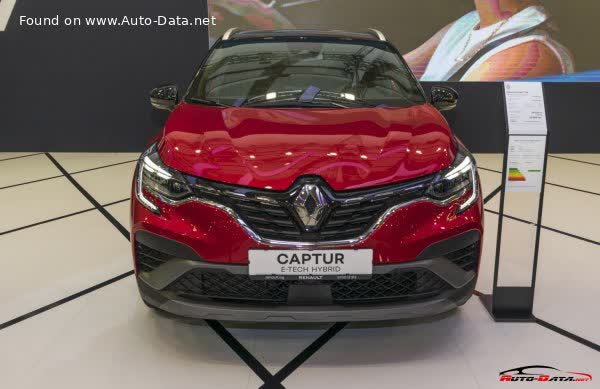
Overview:
What is the engine capacity of a Renault Captur 2019?
The engine capacity of the Renault Captur 2019 is 1333.
Renault Captur 2019 How many horsepower?
The engine power of the Renault Captur 2019 is 130 Hp @ 5000 rpm..
What is the Renault Captur 2019 engine?
Renault Captur 2019 engine is H5H 470. (Click to see other cars using the same engine)
How much gasoline does a Renault Captur 2019 consume?
The Renault Captur 2019 consumes 5.5-5.7 liters of gasoline per 100 km
General:
Engine:
Performance:
Space:
dimensions:
Powertrain, Suspension and Brakes:
See also

Last generation.
Its production began in 2024 until Now

Other generation.
Its production began in 2013 until 2017
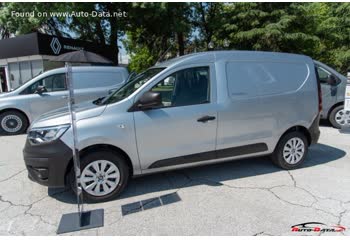
Same engine. (H5H 470).
Its production began in 2021 until Now
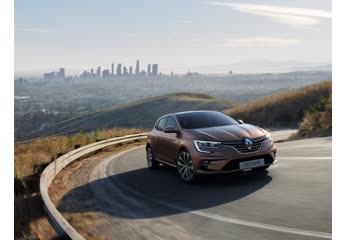
Same engine. (H5H 470).
Its production began in 2020 until Now
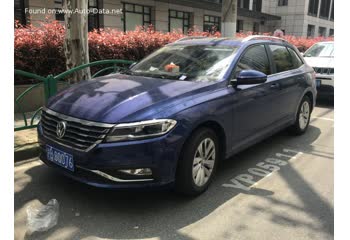
Same production year and almost the same engine capacity.
Its production began in 2019 until 2019

Same production year and almost the same engine capacity.
Its production began in 2019 until Now
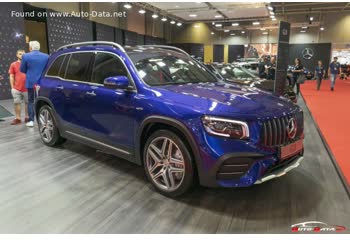
Same production year and almost the same engine capacity.
Its production began in 2019 until 2023
Write a comment